|
Санкт-Петербург
Saint Petersburg, or rather still more like the Scandinavian Sankt Petersburg
| |
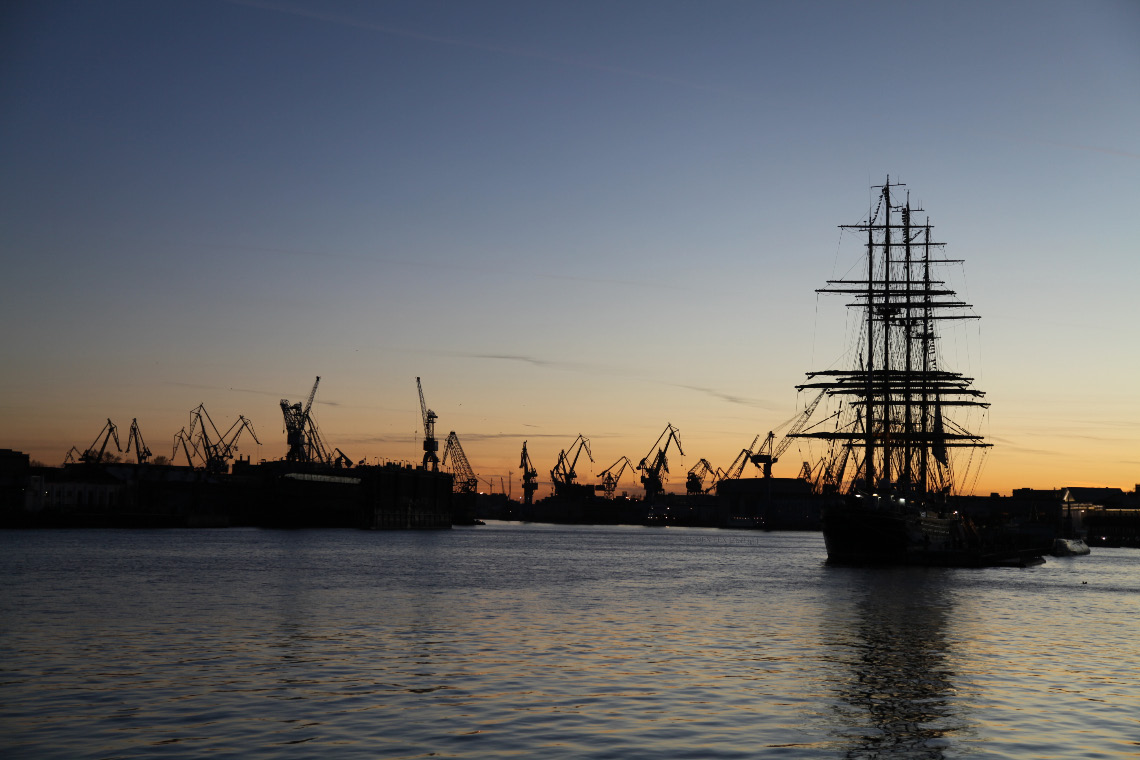 |
|
| |
On the Большая Нева – Bolshaya Neva and no longer far from outlet to the Gulf of Finland – Финский залив – Suomenlahti, at dusk on 5 November 2015. The majestic ship Крузенштерн – Krusenstern, once christened Padua after her construction by Germany in 1926, became WWII war booty, but she was renamed for the Swedish-Baltic-German high seas explorer in Russian Imperial Service, in short, for the Descendant of European Christendom, Adam Johann von Krusenstern – Адам Иоганн фон Крузенштерн, a.k.a., Иван Фёдорович Крузенштерн (* 8./19. November 1770 in Haggud bei Rappel, Estland – in Schloss Ass bei Gilsenhof, Wierland 12./24. August 1846 †). |
|
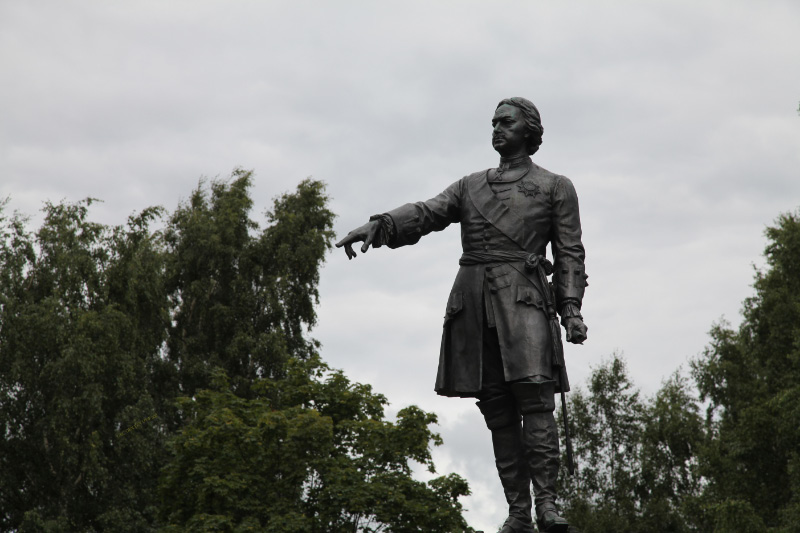 |
|
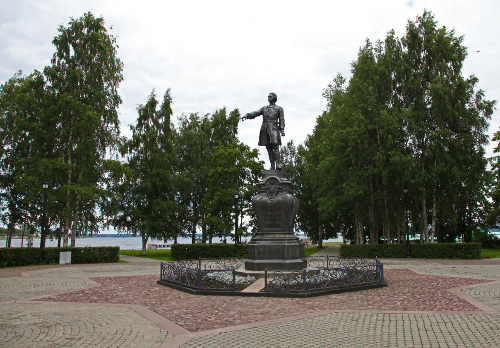
|
... though not in Санкт-Петербург – Saint Petersburg but rather in Петрозаводск – Petrozavodsk, founded on Russia's and Europe's second largest lake, Онего / Онежское Озеро – Lake Onega, in 1703 like Saint Petersburg. The sculptor of this monument (1872) was a man named Иван Шредер – Ivan Schröder (1835-1908; family from Königsberg; no Kalinins here), and the architect was a Italian-Swiss-Russian man surnamed Монигетти, Ипполит Антонович – Monighetti, Ippolit Antonovich (1819–1878), all in all how eminently appropriate an adornment for these two cities of Пётр (Великий) I – Peter (the Great) I of Russia (r. 30 May (N.S. 9 June) 1682 to 28 January (N.S. 8 February) 1725).
Бедные, бедные Славянофилы! poor, poor Slavophiles! |
|
|
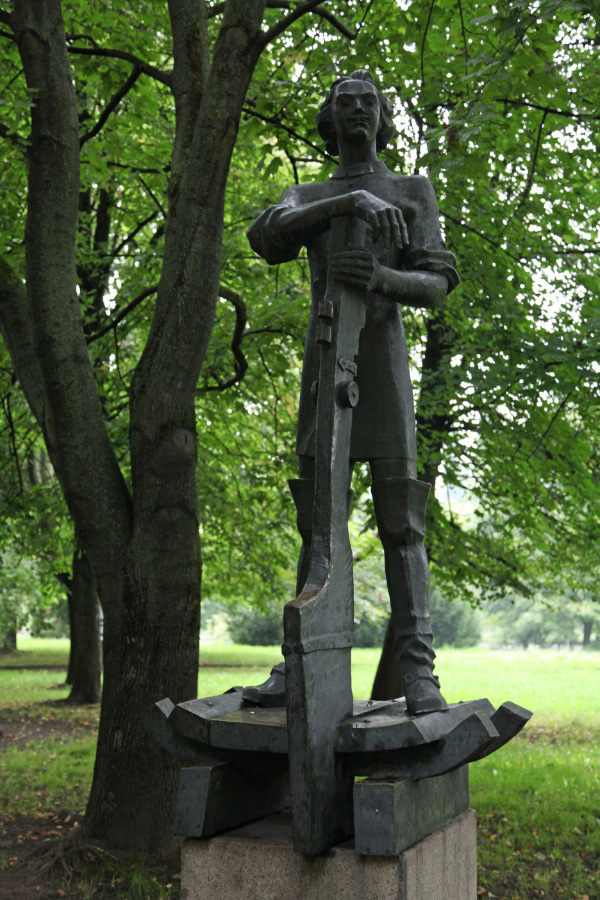 |
|
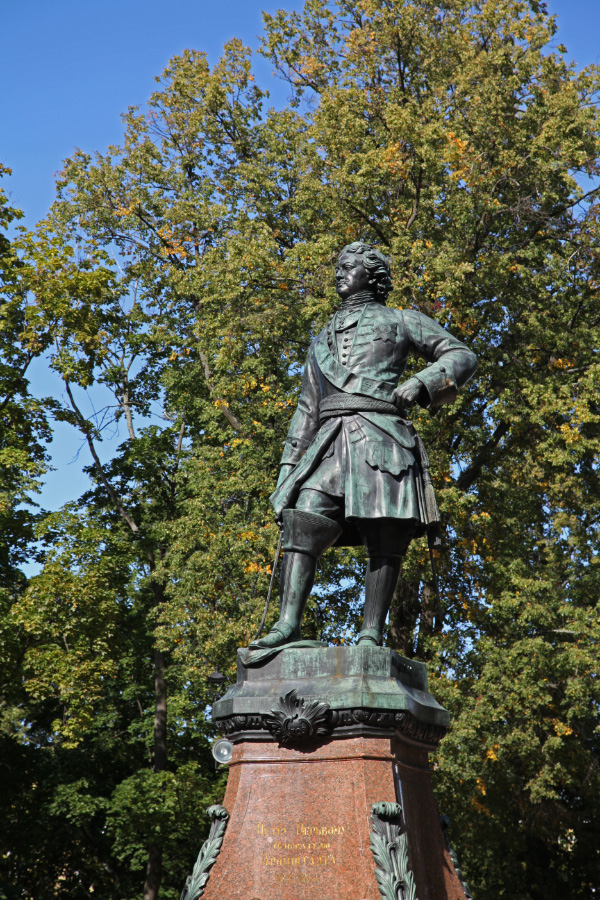 |
| Пётр I – Peter I (1989 г.) by Владимир Петрович Мокроусов – Vladimir Petrovich Mokrousov (born 1936) in the Парк скульптуры – Sculpture Park of Königsberg, on the Kant Island, formerly Kneiphof – Кнайпхоф. |
|
Pierre le Grand monument in Kronstadt by the very French Théodore-Joseph-Napoléon Jacques |
|
|
|
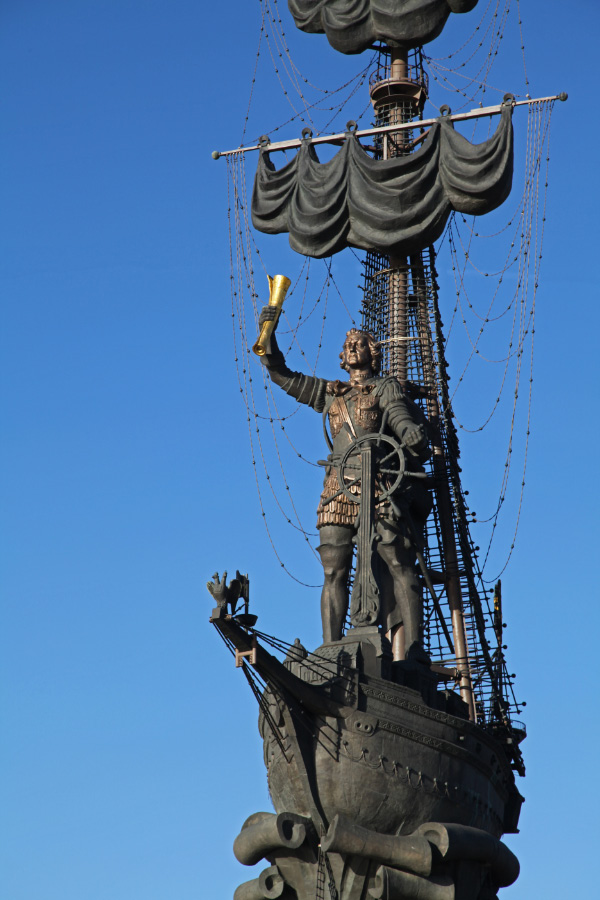 |
|
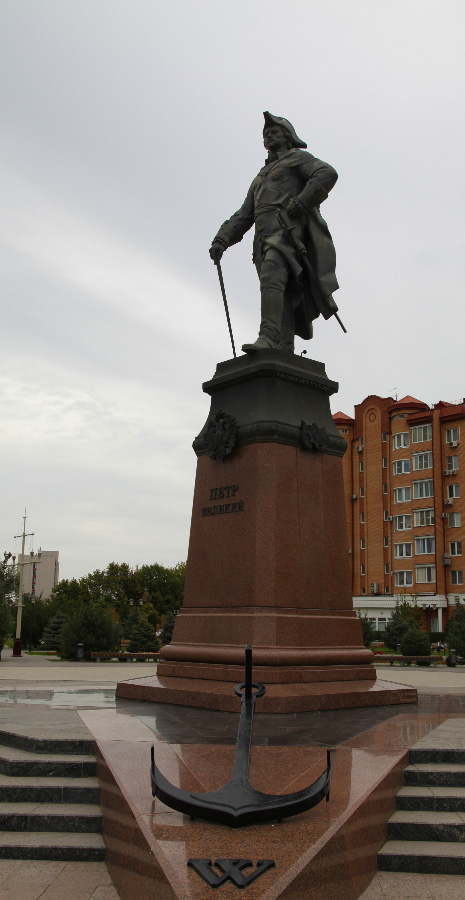 |
| On the Moscow River. |
|
Astrakhan |
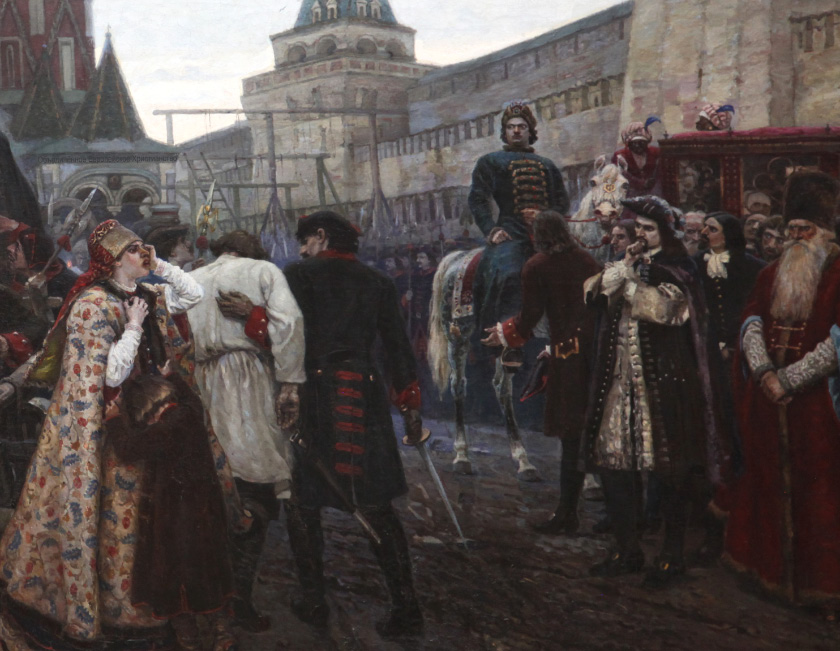 |
|
|
| Detail from В.И Суриков – V.I. Surikov (1848-1916), Утро стрелецкой казни – Morning of Streltsy's execution 1881 (depicting executions following the Стрелецкий бунт – Streltsy Uprising of 1698). |
|
|
| |
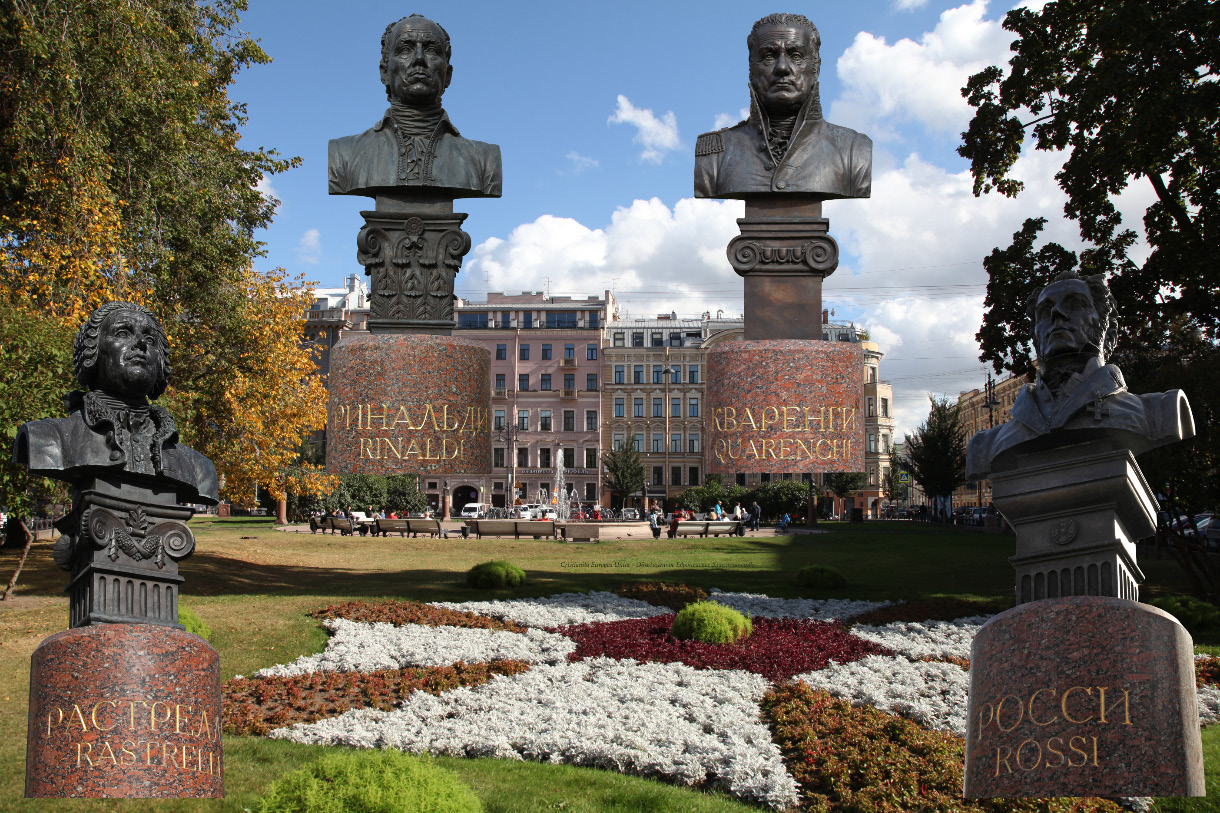 |
|
| |
The Italian Catholic architects who built Saint Petersburg: Rastrelli and Rinaldi and Quarenghi and Rossi |
|
| |
|
|
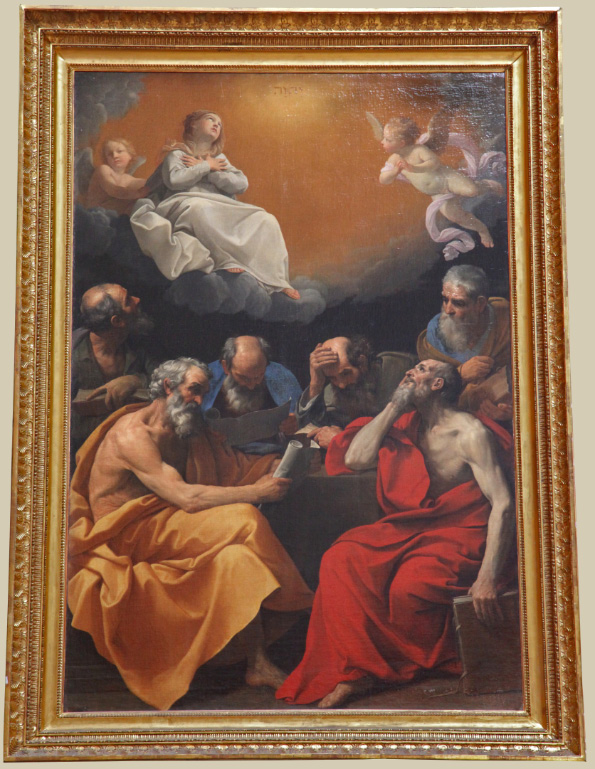 |
|
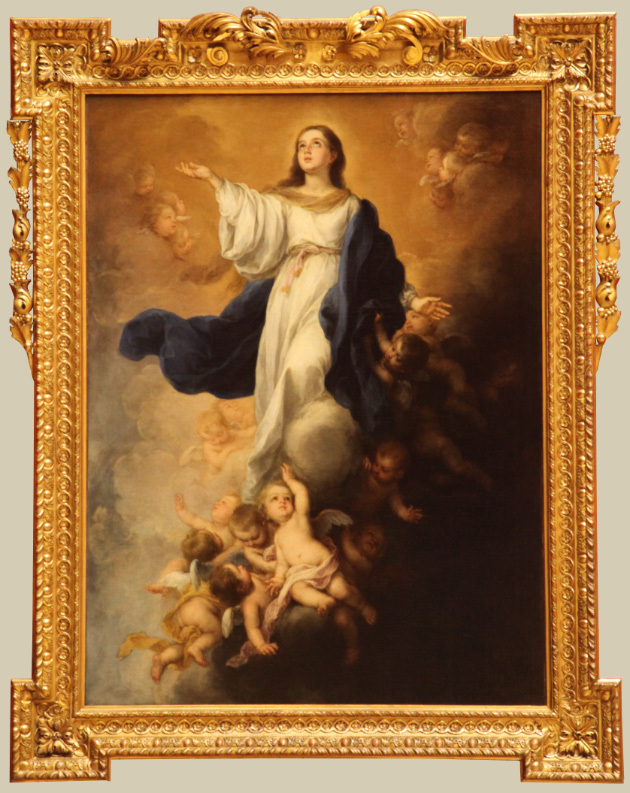 |
| |
|
|
The Fathers of the Church discuss the Dogma of the Immaculate Conception. Reni depicts Saints Jerome and Augustine in the foreground and behind them Saints Ambrosius, Gregory the Great, Gregory of Nazianzus and John Chrysostom.
Do we have such consensus on the dogma? |
|
Immaculata Conceptio Beatae Virginis Mariae
The Immaculate Conception of the Blessed Virgin Mary
Η Άμωμος Σύλληψη
Непорочное зачатие Девы Марии |
Painting of 1625 in the Hermitage in Saint Petersburg in Russia
by Guido Reni – Гвидо Рени (* 1575 in Bologna – 1642 †). |
|
Painting of 1680 in the Hermitage in Saint Petersburg by Bartolomé Esteban Murillo –
Бартоломе Эстебан Мурильо (* baptized 1 January 1618 in Seville – 1682 †). |
|
|
|
|
| |
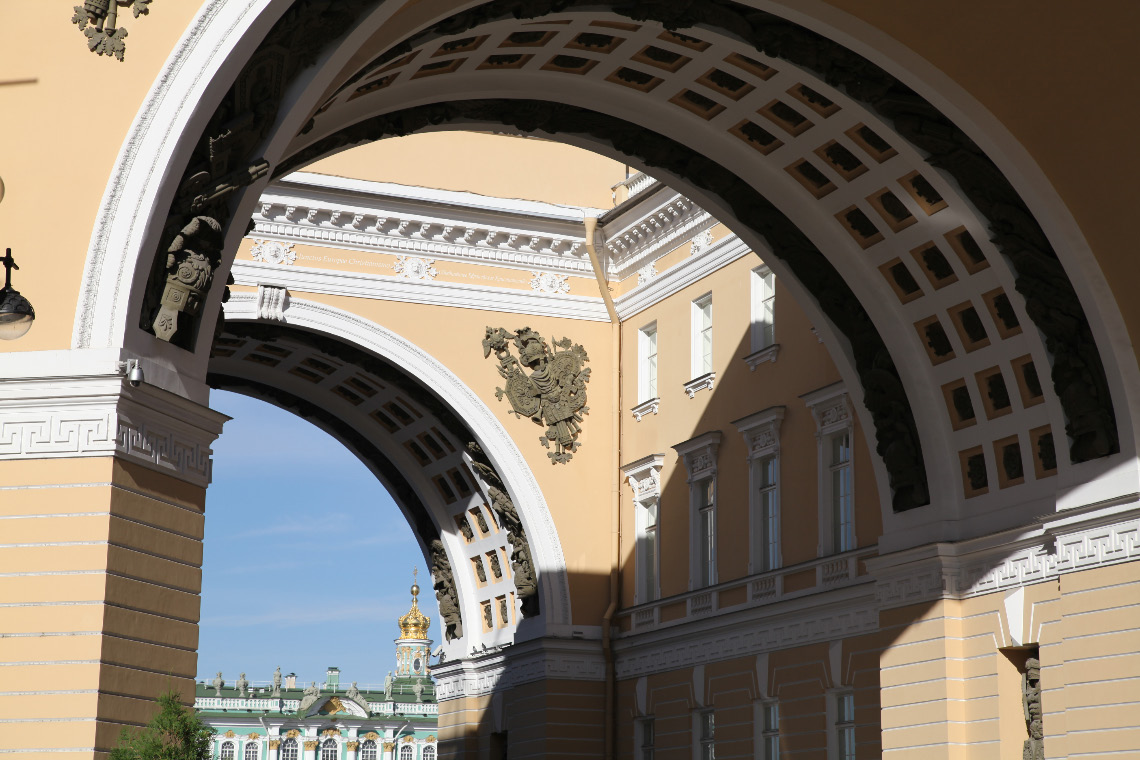 |
|
| |
Detail, centurion armor, from the 580 meter bow-shaped General Staff Building – Здание Главного штаба (built 1819-1829 under the direction of Italian Catholic architect Rossi) on Дворцовая площадь – Palace Square, opposite the Зимний Дворец – The Winter Palace. |
|
| |
|
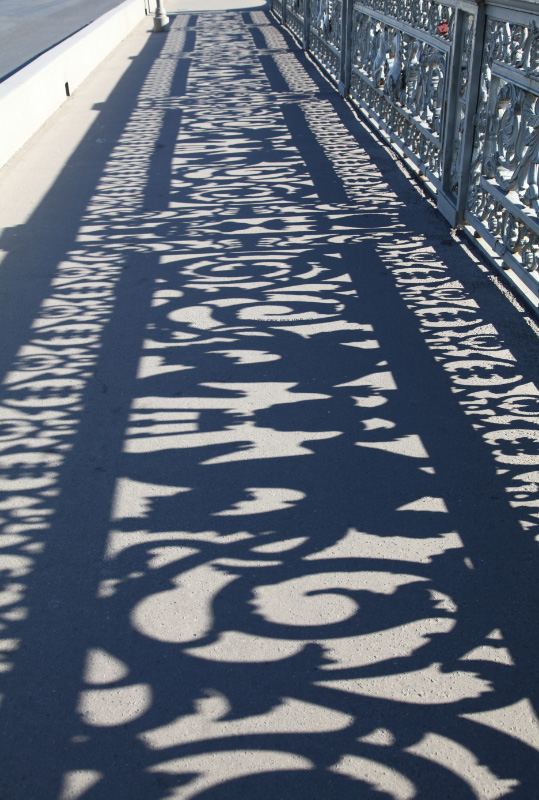 |
| |
|
The Annunciation or Blagoveshchensky Bridge – Благовещенский мост, 331 meters long and the first to span the Neva in Saint Petersburg, was built between 1842 and 1850 under the direction of Polish engineer Stanisław Kierbedź –Станислав Валерианович Кербедз (1810-1899). |
| |
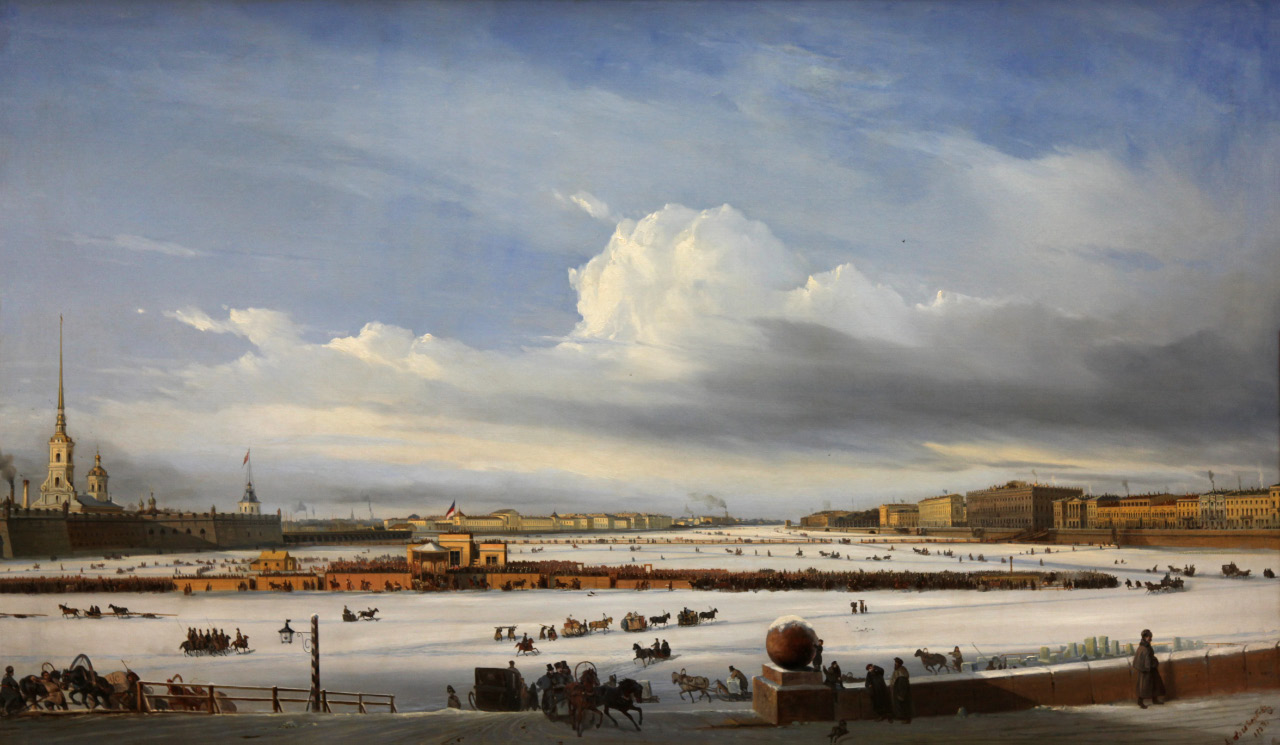 |
|
| |
Боголюбов А.П. – A.P. Bogolyubov (1824-1896), Катание на Нева – Sledging on the Neva, 1854 in the Третьяков – Tretyakov |
|
| |
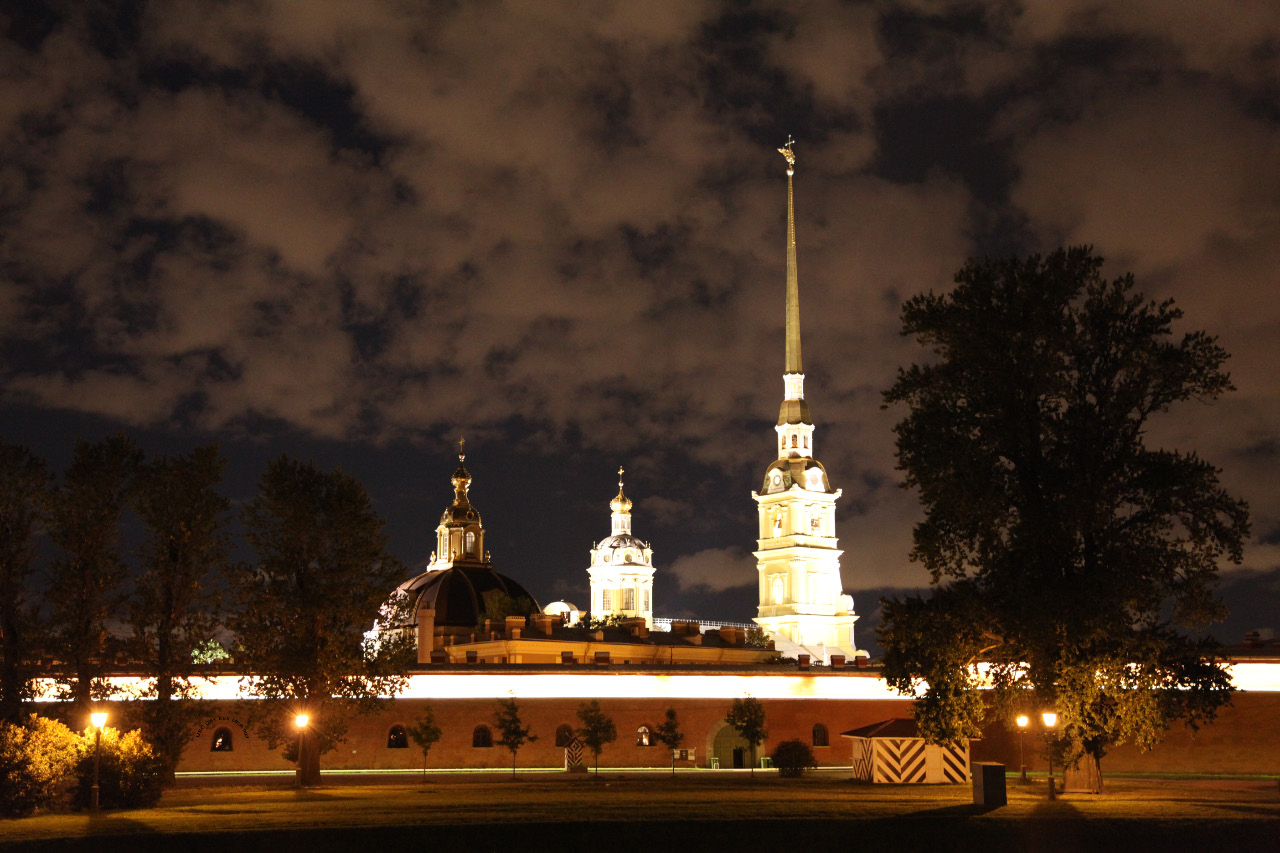 |
|
| |
Петропавловский собор – Peter and Paul Cathedral withn the Peter and Paul Fortress – Петропавловская крепость, the first citadel and oldest part of Saint Petersburg. The Church is very obviously of western European architectural form, as indeed Church and Fortress are to the designs of Italian-Swiss Catholic (from Astano near Lugano), Domenico Trezzini (c. 1670 – 1734). The style he founded became known as Petrine Baroque. The Cathedral and the Citadel protecting her and Peter the Great's new city were begun in 1703, more specifically on 29 June (10 July N.S.), the Feast Day of Saints Peter and Paul. The Cathedral was largely finished in 1720, though not entirely until 1733 and after the 1725 demise of Peter. She reaches a height of 122.5 meters, though this is due to the spire of Harman van Bolos – Харман ван Болос (1689-1764), Dutch not Italian. The angel and cross at the pinnacle, 3.2 meters high and 250 kilograms, are a symbol of Saint Petersburg. |
|
|
|
|
| |
|
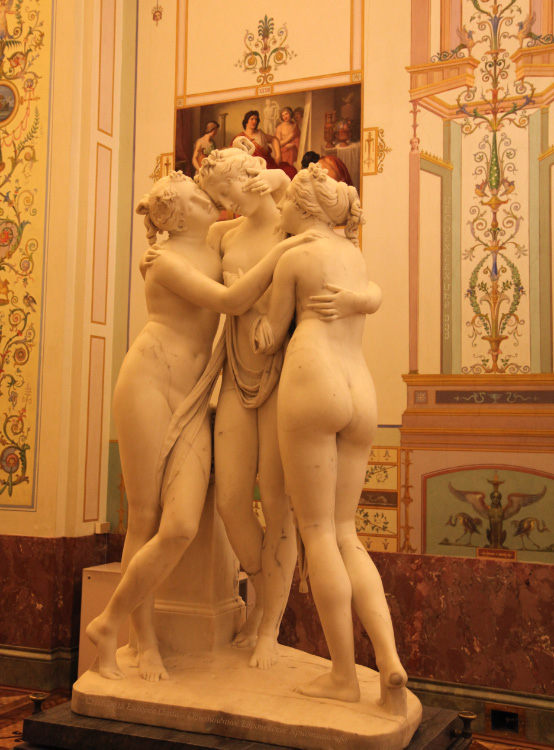 |
| |
|
In the Эрмитаж – Hermitage, The Three Graces (or Χάριτες–Charities) Ἀγλαΐα–Aglaea (Splendor), Εὐφροσύνη–Euphrosyne (Joy and Mirth), and Θαλία–Thalia (Abundance) the work of 1812 to 1816 of the great Italian neoclassical sculptor, Antonio Canova (1757-1822) |
| |
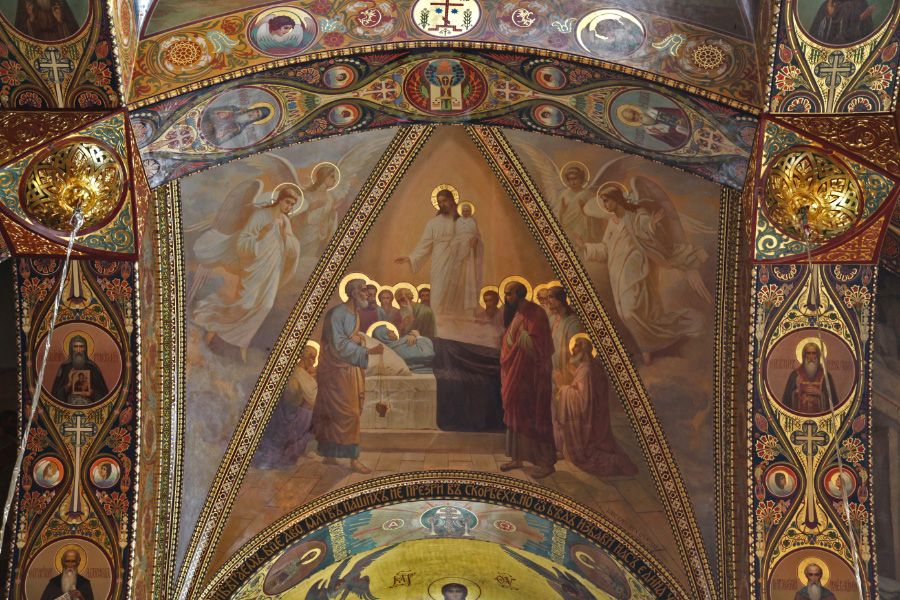 |
|
| |
... в Храме Успения Пресвятой Богородицы в г. Санкт-Петербурге ...in the Church of the Dormition in Saint Petersburg |
|
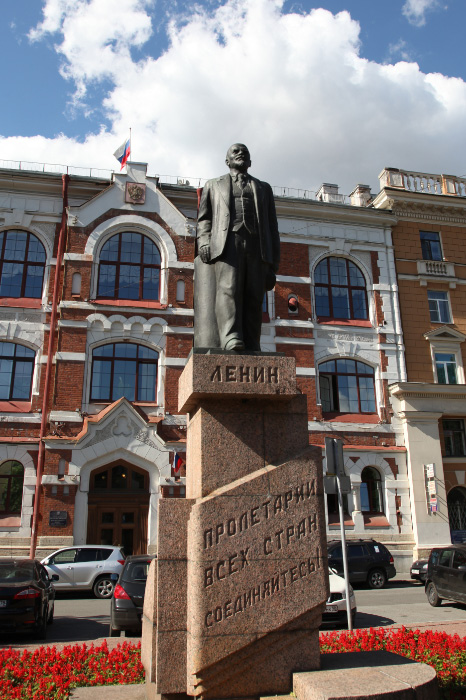 |
|
|
| Пролетарии всех стран Соединяйтесь |
|
|
| Workers (Proletariat) of the world, unite! |
|
|
| Unite, that is, under me and my pack of atheist and lapsed Talmudic Jews and our assorted Commissar cronies. Let us lord it over you in place of the Tsarist nobility and plutocrats doing so. We will murder more of you, more by four orders of magnitude, than the Tsar's police ever did, and we will try hard to extinquish the Church and your immortal souls in the bargain, but hey, at least you can enjoy watching the imperial family and the noble families die first. Photo from 2015. |
|
|
| |
|
|
| |
Or, there is the holy alternative, with a reign of neither Usury nor Bolshevism, neither Commissar nor Plutocrat, but Distributism: |
|
| |
Rerum Novarum |
|
| |
3. In any case we clearly see, and on this there is general agreement, that some opportune remedy must be found quickly for the misery and wretchedness pressing so unjustly on the majority of the working class: for the ancient workingmen's guilds were abolished in the last century, and no other protective organization took their place. Public institutions and the laws set aside the ancient religion. Hence, by degrees it has come to pass that working men have been surrendered, isolated and helpless, to the hardheartedness of employers and the greed of unchecked competition. The mischief has been increased by rapacious usury, which, although more than once condemned by the Church, is nevertheless, under a different guise, but with like injustice, still practiced by covetous and grasping men. To this must be added that the hiring of labor and the conduct of trade are concentrated in the hands of comparatively few; so that a small number of very rich men have been able to lay upon the teeming masses of the laboring poor a yoke little better than that of slavery itself. |
|
| |
|
|
| |
4. To remedy these wrongs the socialists, working on the poor man's envy of the rich, are striving to do away with private property, and contend that individual possessions should become the common property of all, to be administered by the State or by municipal bodies. They hold that by thus transferring property from private individuals to the community, the present mischievous state of things will be set to rights, inasmuch as each citizen will then get his fair share of whatever there is to enjoy. But their contentions are so clearly powerless to end the controversy that were they carried into effect the working man himself would be among the first to suffer. They are, moreover, emphatically unjust, for they would rob the lawful possessor, distort the functions of the State, and create utter confusion in the community. |
|
| |
|
|
| |
|
|
| |
13. That right to property, therefore, which has been proved to belong naturally to individual persons, must in like wise belong to a man in his capacity of head of a family; nay, that right is all the stronger in proportion as the human person receives a wider extension in the family group. It is a most sacred law of nature that a father should provide food and all necessaries for those whom he has begotten; and, similarly, it is natural that he should wish that his children, who carry on, so to speak, and continue his personality, should be by him provided with all that is needful to enable them to keep themselves decently from want and misery amid the uncertainties of this mortal life. Now, in no other way can a father effect this except by the ownership of productive property, which he can transmit to his children by inheritance. A family, no less than a State, is, as We have said, a true society, governed by an authority peculiar to itself, that is to say, by the authority of the father. Provided, therefore, the limits which are prescribed by the very purposes for which it exists be not transgressed, the family has at least equal rights with the State in the choice and pursuit of the things needful to its preservation and its just liberty. We say, "at least equal rights"; for, inasmuch as the domestic household is antecedent, as well in idea as in fact, to the gathering of men into a community, the family must necessarily have rights and duties which are prior to those of the community, and founded more immediately in nature. If the citizens, if the families on entering into association and fellowship, were to experience hindrance in a commonwealth instead of help, and were to find their rights attacked instead of being upheld, society would rightly be an object of detestation rather than of desire. |
|
| |
|
|
| |
14. The contention, then, that the civil government should at its option intrude into and exercise intimate control over the family and the household is a great and pernicious error. True, if a family finds itself in exceeding distress, utterly deprived of the counsel of friends, and without any prospect of extricating itself, it is right that extreme necessity be met by public aid, since each family is a part of the commonwealth. In like manner, if within the precincts of the household there occur grave disturbance of mutual rights, public authority should intervene to force each party to yield to the other its proper due; for this is not to deprive citizens of their rights, but justly and properly to safeguard and strengthen them. But the rulers of the commonwealth must go no further; here, nature bids them stop. Paternal authority can be neither abolished nor absorbed by the State; for it has the same source as human life itself. "The child belongs to the father," and is, as it were, the continuation of the father's personality; and speaking strictly, the child takes its place in civil society, not of its own right, but in its quality as member of the family in which it is born. And for the very reason that "the child belongs to the father" it is, as St. Thomas Aquinas says, "before it attains the use of free will, under the power and the charge of its parents."(4) The socialists, therefore, in setting aside the parent and setting up a State supervision, act against natural justice, and destroy the structure of the home. |
|
| |
|
|
| |
15. And in addition to injustice, it is only too evident what an upset and disturbance there would be in all classes, and to how intolerable and hateful a slavery citizens would be subjected. The door would be thrown open to envy, to mutual invective, and to discord; the sources of wealth themselves would run dry, for no one would have any interest in exerting his talents or his industry; and that ideal equality about which they entertain pleasant dreams would be in reality the levelling down of all to a like condition of misery and degradation. Hence, it is clear that the main tenet of socialism, community of goods, must be utterly rejected, since it only injures those whom it would seem meant to benefit, is directly contrary to the natural rights of mankind, and would introduce confusion and disorder into the commonweal. The first and most fundamental principle, therefore, if one would undertake to alleviate the condition of the masses, must be the inviolability of private property. This being established, we proceed to show where the remedy sought for must be found. |
|
| |
|
|
| |
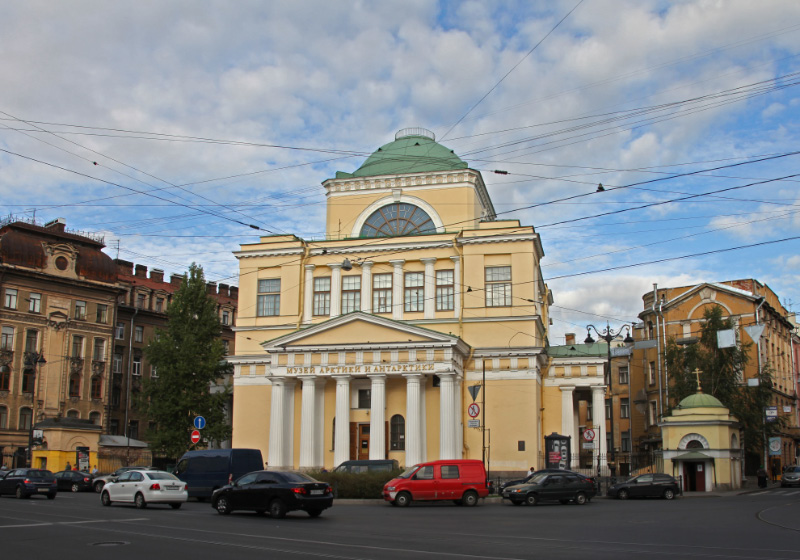 |
|
| |
Музей Арктики и Антарктики в Санкт-Петербурге – |
|
| |
|
Museum of the Arctic and Antarctic in Saint Petersburg |
|
|
Спас на Крови |
|
| |
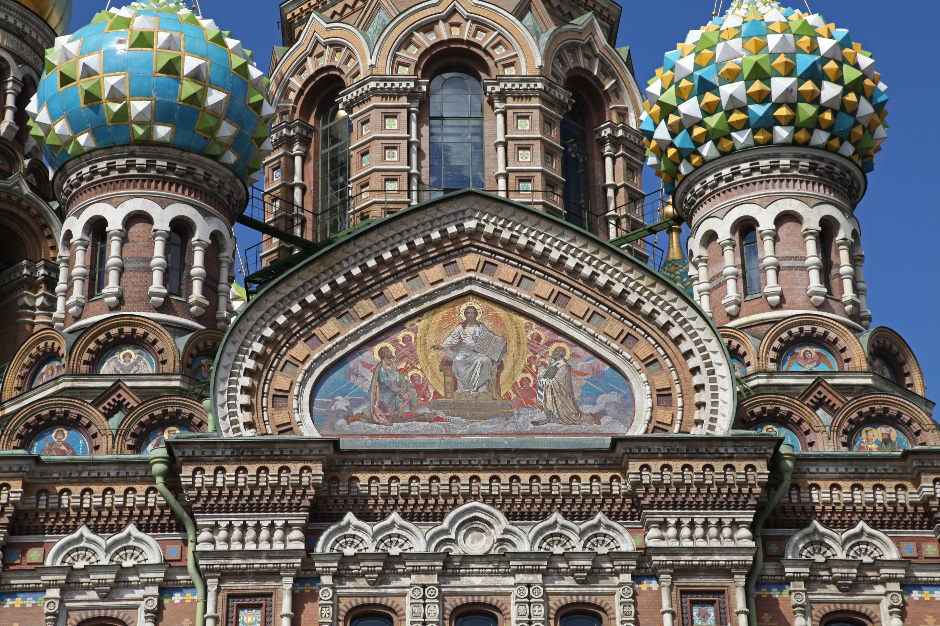 |
|
| |
Собор Воскресения Христова на Крови – Church of the Resurrection of the Savior on Spilled Blood |
|
| |
Consecrated on 19 August 1907 after twenty-four years of construction begun in 1883, the Church building will remind all onlookers at once of the 350-years older Собор Василия Блаженного – Saint Basil's Cathedral in Moscow. The lead architect, Alfred A. Parland – Альфред А. Парланд (1842 – 1919), was Russian born, the son of the son of Emperor Paul's Scottish Engish-language tudor, as also the son of a German mother. |
|
| |
Александр II Николаевич, Император и Самодержец Всероссийский – Alexander II Nikolaevich, Emperor and Autocrat of all the Russias |
|
| |
was murdered here on 1 (13 N.S.) March 1881, an event which marked a change in history for Russia. When one considers the Bolshevik victory which followed thirty-six years later, the assassination of the Освободитель, of the Tsar-Liberator, liberator of Russia's peasant farmers from Serfdom, must be seen as a watershed event for the world. |
|
| |
|
|
| |
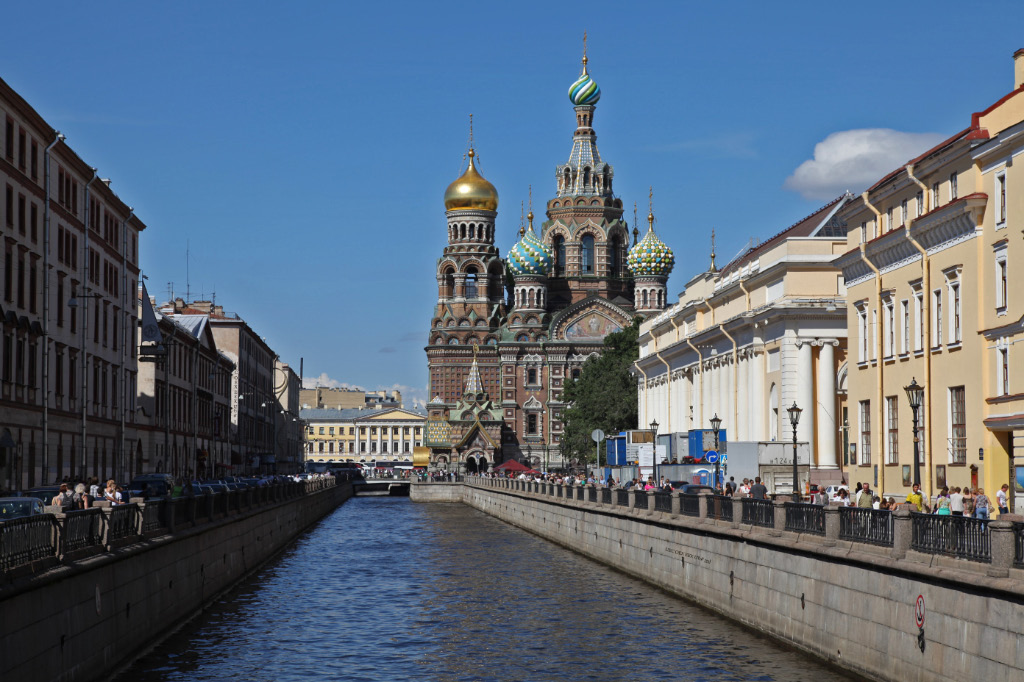 |
|
| |
Церковь Спаса на Крови – Church of the Savior on Spilled Blood |
|
| |
on Канал Грибоедова – Kanal Griboyedova, here on 14 July 2011 |
|
| "Rise, and have no fear." |
|
"This is my beloved Son, with whom I am well pleased; listen to him." |
the Holy Spirit |
Man proposes, God disposes |
|